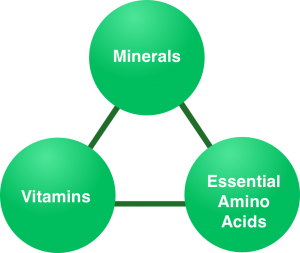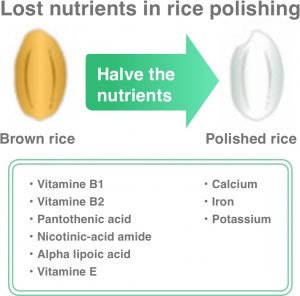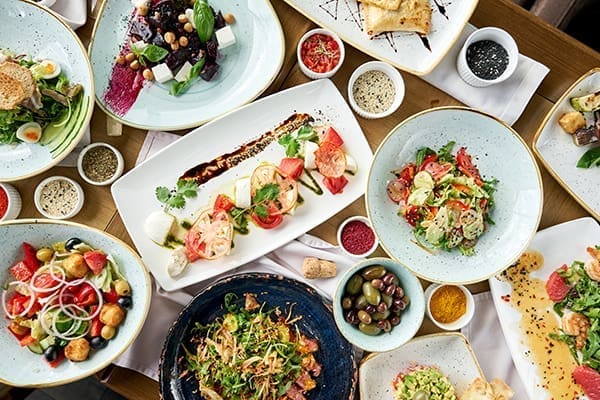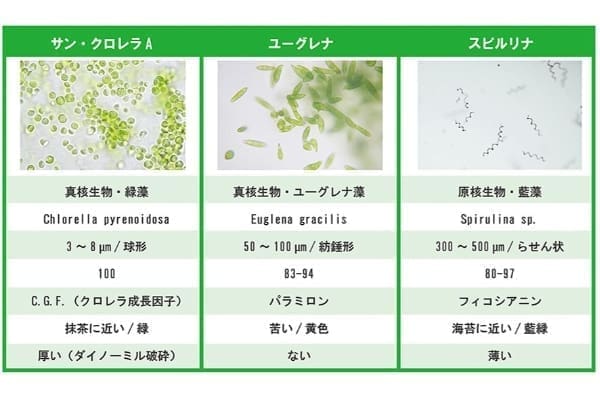
Nutrients work in cooperation with one another keeping a balance as a team

“Life Stand”
An American biochemist, R. J. Williams (the former chairman of American Chemical Society) who is known as the discoverer of pantothenic acid, brought up a new important guiding concept for dietetics in 1971.
He said, “all nutrients such as vitamins, minerals and essential amino acids work in cooperation with one another keeping a balance as a team. They are like a necklace connected with a strand, so-called “Life Stand”, and if any one lacks and any part gets thin, the strand will break easily.” This means that all nutrients are important, and there is no rank relationship in value between them. Also, it is said that taking too much of certain nutrients collapse the whole balance that human beings have.
Since then, research and development of dietetics are undertaken at quite a pace even now and reveal new things. However, it is said that in there is a linkage effect (life force) that has not yet been figured out in all natural food.
It’s important to eat whole food.

Mr. Sagen Ishizuka who was a doctor and also pharmacist in late 19th century knew the importance of well-balanced diet and he said, “Eat any food such as rice, oats, vegetables, and seafood as whole foods. Eat everything even bones and rinds.”
Lives whether they are animals or plants keep an internal harmony and balance. Because of this, if you eat the whole, you can absorb necessary components in full measure to metabolize nutrients (to break down, produce and store nutrients) or keep balance.
In short, this is the precept that body of living nature is a mass of necessary parts to stay alive and should eat the whole parts.
It is often said that polished rice is just lees, and hearty components (sugar) are contained in brown rice. Actually when brown rice is milled, large part of fiber, which is effective against cancer, heart disease, diabetes, vitamin B1, vitamin B2, panthothenic acid, nicotinic-acid amide, thioctic acid, vitamin E, vitamin F are removed.Calcium, Iron and potassium are also reduced by half.
When Japanese people eat meat, they only eat a fillet. However, in Chinese cuisine or Asian and European folk cuisine they use an entire body from head to tail of pig, goat and chicken. In this way, they could absorb evenly all components that constitute a life.
Even in Japan, people used to eat bones/rind and all contriving ways to cook. In these modern days, not many people eat in whole due to their food preferences and conveniences and problems such as dioxin pollution.
Chlorella is a whole food!
Chlorella fulfills the conditions of the whole food best among a wide variety of foods. The smaller are foods, the more they are likely to be used in whole. Spotted shrimps, firefly squids and ocellated octopuses are examples among many. Almost everyone eats the whole in a moment. Chlorella is only 3 to 8 micrometers in diameter. Infinitude of lives overlaps one another even in a little amount of chlorella. Elements that are necessary for harmony and balance of all lives are contained plentifully and in a well balanced.
Conclusion
1) All nutrients are like a necklece cooperacion with one another keeoing a balance as a team.
2) In order to intake ingredients in well balance, It’s important to eat whole food.
3) Chlorella is a whole food.





